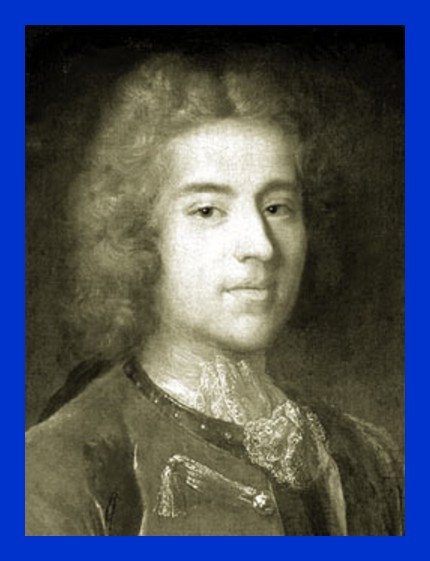
Count Nicolaus Ludwig von Zinzendorf (1700-1760) was a German religious leader and social reformer, a bishop of the Moravian Church, a pioneer missionary, a critic of slavery, an author, a hymn writer, and a well-known orator.
In 1741, Zinzendorf visited Pennsylvania. It was that visit that makes it likely that he passed through the Lykens Valley area, which at the time had few settlers.
There are accounts of Zinzendorf’s travels in Pennsylvania, including a trip led by Conrad Weiser from what is now Berks County. In an effort to Christianize the Indians of the Pennsylvania Colony, Zinzendorf and Weiser traveled to Shamokin (now Sunbury) via the Tulpehocken Path, an old Indian trail, which passed through the Lykens Valley just east of what is now Gratz, then turned north to the Klingerstown Gap, then northwest to Shamokin (Sunbury). It is near Shamokin (Sunbury) that the Susquehanna River receives its north and west branches. Zinzendorf supposedly traveled up the west branch first, then the north branch in an effort to bring Christianity to the Indians. While in Iroquois territory, he came upon a small village which he named “Bethlehem,” a name which has stuck to the present! There were also explorations of the Susquehanna River itself, and during that time he may have passed the area where Millersburg is presently located.
A Pennsylvania historical marker notes the spot where Count Zinzendorf rested while traveling over the mountain from Berks County to Pine Grove on the Tulpehocken Path.
The Tulpehocken Path has been previously discussed on this blog, including the marker which names Count Zinzendorf. See:
He is one of the few European members of the nobility who ever set foot in the Americas.
____________________________________________
The portrait of Count Zinzendorf at the top of this post is of unknown origin.
Corrections and additional information should be added as comments to this post.
[Indians]